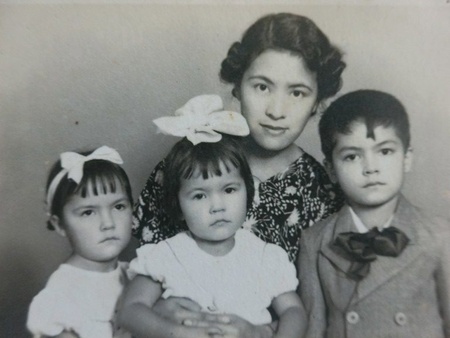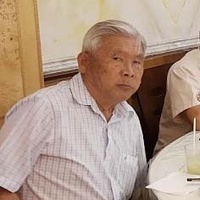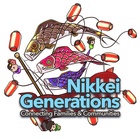I woke up early, which was unusual for me, and was taking my blood pressure on the sofa when the phone rang. Since calls early in the morning are always announcements of funerals, I picked up the receiver with trepidation.
"Oh my, were you still asleep?"
The person in question was Michio Miki, a fellow passenger on the Sakura Maru who lives in Atibaia.
"Don't be surprised when you hear that!"
That unique intonation that shocks people. Who is the sick person on the ship? Or is there a healthy person who had an accident or something? Please tell me quickly!
The other person seemed to be getting impatient as well, as he began, "Don't be surprised when you hear this! I met an unusual person yesterday."
Ah, I'm relieved that no one died.
Mr. Miki continued, "I am the first second generation immigrant of the first immigrant ship Kasato Maru," he said proudly. After explaining various things, he asked me to write about this in the newspaper. The next day, he came to deliver several books of information to me, who could not refuse.
The woman was Rosa Yoshiko Higuchi Jones. When the first immigrant ship, the Kasato Maru, departed on April 2, 1908, her mother, Tani Higuchi, was one month pregnant but did not realize it. The family of Toshimasa Higuchi and Tani passed through Guataparra in Mogiana and entered the farmland of Pirajuy on the Noroeste Line. On October 15 of that year, Rosa was born.
Although he was born prematurely and small and weak, the black-haired baby thrived, drinking his mother's milk with all his might. The Higuchi family moved to Nova Iguazu in Rio de Janeiro and worked in rice farming, but his father, Toshimasa, died. His mother, Tani, took Rosa, her Japanese-born brother Toshinobu, and sister Francisca Shizuko and went to São Paulo to live with Murasaki Toyoshige. Tani made a living by working in a textile factory.
After that, Murasaki moved to the farmland of Riberão Preto to let Toshinobu and Rosa study, but they were too busy with work to attend school. Tani remarried in São Paulo to Rokuro Kayama.
After that, the family moved from farm to farm, but eventually moved to Bauru to start a newspaper company. Rosa was 12 years old at the time. She entered elementary school in the city. After finishing elementary school, she studied bookkeeping and typing at a business school.
In 1930, she married an Englishman named Bersi William Jones. Because her parents were against international marriages, the two were married at a registry office. Rosa was the first second-generation Japanese immigrant to the United States, and the first to marry internationally.

Mr. Miki, a widower, eats lunch at a Japanese restaurant in Atibaia every day. He says that he always makes eye contact with a lady there who looks like a Brazilian, but also like a Japanese. When he decided to talk to her the other day, he learned that he is of mixed Japanese and English ancestry. Her mother is Rosa, the daughter of Tani, an immigrant on the Kasato Maru, and the first second-generation Japanese born in Brazil.

Dorothy showed Miki, who was a skilled interrogator, a photo album of memorable photos of her mother that she had kept carefully stored away, as well as special editions of Brazil's leading weekly magazines, Veja, Vison, and Manchette, about Japanese colonies, and told him to take his time to read them.
Rosa's existence, introduced 45 years ago in a top Brazilian weekly magazine aimed at Brazilians, could once again be a page in the history of Japanese immigration. We felt that we should feature her again in Japanese newspapers and introduce her at the Japanese Immigration History Museum of the Sao Paulo Japan-Brazil Cultural Association.
Even though there is delicious Brazilian food, Miki prefers white rice, miso soup and osugi. Dorothy and her husband Paulo also love Japanese food. Miki met Dorothy and her husband Paulo through Japanese food. Miki plans to introduce the two to the Atibaia Japan-Brazil Cultural and Sports Association in the near future.

© 2021 Maximiliano Shigeki Matsumura











